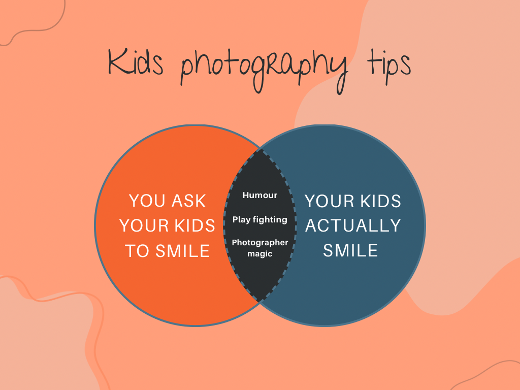Yes, unique content is important. And no, you shouldn’t post the same social media content over and over – how boring! But you can repurpose content across multiple platforms and avoid reinventing the wheel every time you post.
It starts with creating great long-form content. Long-form content is a blog, article or YouTube video discussing something in depth; this article, for example. Then you recycle it into different formats and styles for social media. Because let’s face it, most of your audience is not obsessing over your business and reading everything they can get their hands on. And if they do see it on a few platforms – all the better. Your message will vary a little and may even sink in better if they see it a few ways.
Recycling social media content starts with quality long-form pieces
We’re recycling, but we are not throwing strategy out the window. So start by considering the most critical and relevant information for your audience over the next few months or even a year.
Be realistic about how often you can create long-form content. For many small businesses, it’s only once a month or once a fortnight. That’s great. Let’s say you can write an article or create a full YouTube video once a month. Just make it work hard each time.
Repurpose the content using highlights only
Maybe you start your long-form content by writing out your highlights and the key points you want your audience to remember. Or perhaps you get to the end and realise what they are. Either way, these are the bits we want to repurpose. Repurposing will help reinforce your message (remember our education pillar in particular), reach an audience that may not have seen it in its original format, and save you time!
Example 1
You create a tutorial on YouTube for your audience explaining how to style a linen shirt for your fashion business. From this great piece of long-form content, you can now:
- Snip the part on how to tie your linen shirt and use it as an Instagram Story,
- Grab a couple of still images showing different styling options, add text overlay and create a reel, or
- Share the link to your audience on all other social media platforms with an introductory teaser, ‘look like a fashionista in your simple linen shirt.
Alternative idea: Create a transcription of your fantastic video interview or tips (depending on how visual they are) and use this it an article on Linked In for reaching professional contacts.
Example 2
You write a great blog on how to get the perfect photograph of your kids for your photography clients; now you can:
- Read your top three tips on video for YouTube, or Facebook Live, or Instagram reel.
- Turn the key points into tiles using a program like Canva and share them to your socials, individually or as a carousel of images.
- Create an infographic if your article lends itself that way, even a quick Venn Diagram for amusement showing the brief overlapping area where you want your kids to smile and when your kids smile (your tips being the reason they overlap!).

Remember: Recycling sometimes requires reworking. It’s not just about grabbing any paragraph; it’s about getting the right information on all your platforms. You may need to rewrite it a little to make sense on social media, but the ideas are already there. Think about top tip lists or taking just the key points.
Reuse
Reusing content is a delicate balance and should be done carefully to avoid disadvantaging yourself in social media algorithms or broader google based SEO. However, why let your excellent content languish just because it is old?
Again, this is a strategic exercise. Review your older content and see what was successful for you. Look for pieces that were well-read, well-reviewed, shared and loved in the past. Then check them for relevance and timeliness now. Edit old articles before sharing if something small has changed, and you still save hours on creating content.
For example:
- You wrote a great blog about your favourite Christmas pudding recipe last year, which is still relevant this year, but you’ve gone vegan now, and it contains eggs. Why not edit the post to include your egg substitute instead and re-share it with a note to readers letting them know of the update? Then it stays brand consistent and up to date without you having to think of something completely new.
- Your YouTube video went micro viral last year showing how to make clay earrings yourself and the process hasn’t changed, so share it again. Maybe let people know it’s a customer favourite – have they seen it?
Other ideas: Try screenshotting your tweet to share on Instagram or quoting someone you interviewed on a podcast to your social media.
If you are strategic and ensure your content is still relevant and current, recycling and reusing content will save you time and ensure more of your audience gets the message. And if you would rather keep your recycling efforts to household waste, you know where to find me!



